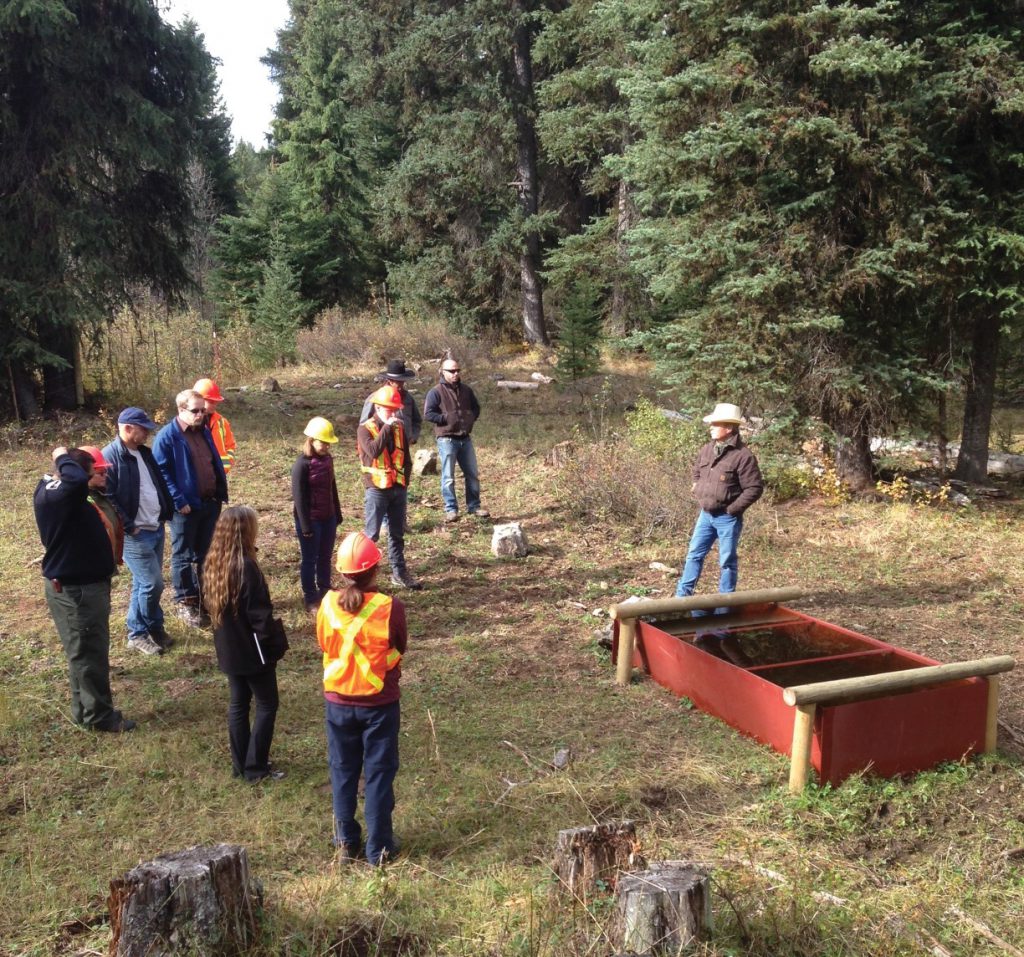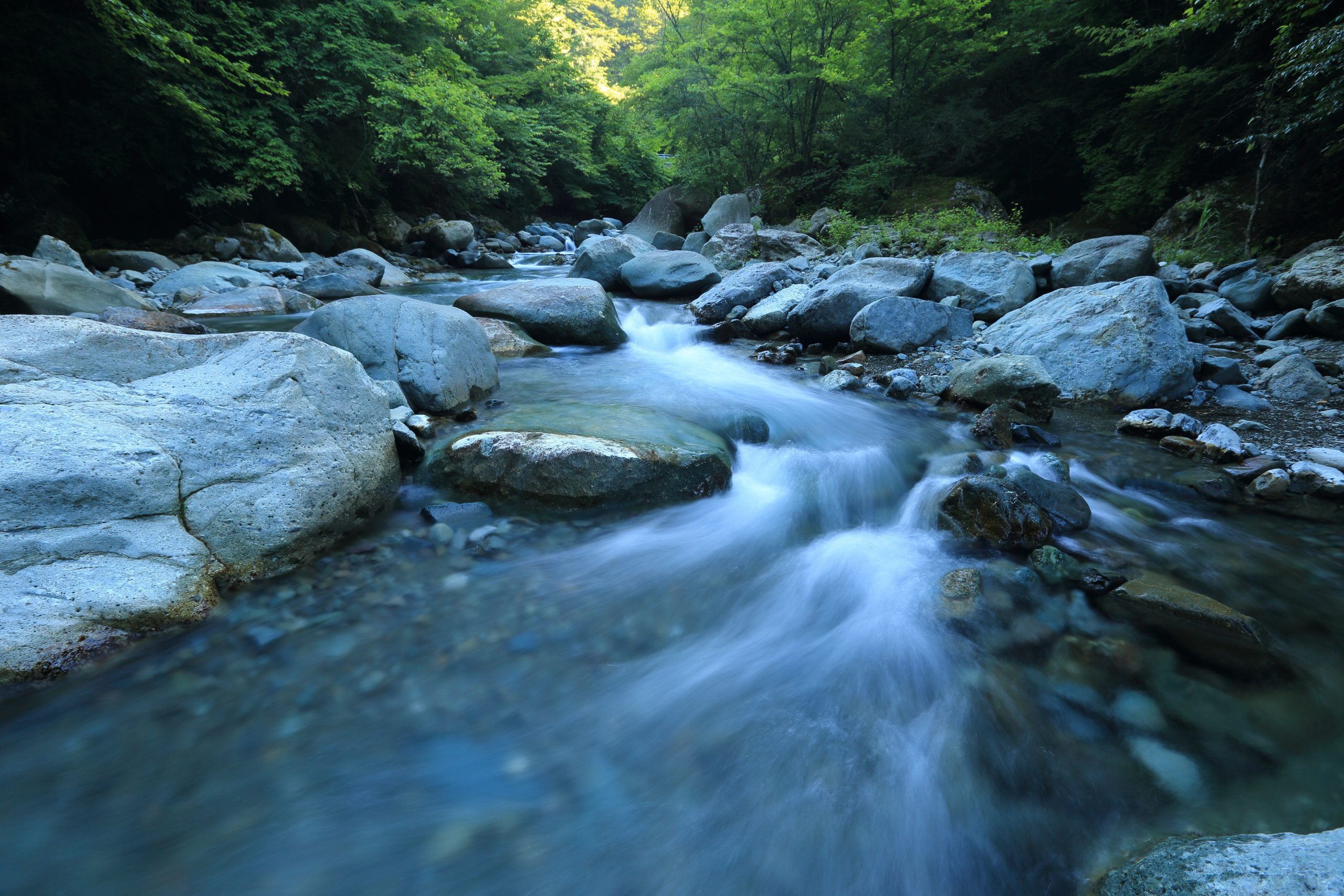This section provides case studies of successful implementation.
Browse all Case Studies, or use the sidebar to filter by tool or search by keyword.
The City of Guelph, Canada’s largest city that relies exclusively on groundwater for its drinking water supply, also has websites with information dedicated to different user groups, including one website specifically for residents, Help protect Guelph’s water, and one for businesses, Source Water Protection for businesses, developers and builders. On … Read more
Protecting source water is often easier and more cost effective than treatment alone or dealing with the aftermath of contamination events. Canadian examples: $65 million to deal with a PCB leak that contaminated a Niagara aquifer (Office of the Auditor General of Ontario, 2014). $64 million on the Walkerton tragedy … Read more
Click here to read other case studies related to municipal natural asset management.
Located on Penticton Indian Band Reserve # 1 bordering sn’pink’tn (Penticton), BC, this innovative, multi-year, multi-partner project is well on-track in its efforts to restore the biodiverse mosaic of shallow open water wetlands, marshlands, seasonally flooded meadows, deciduous shrublands, and black cottonwood forests that once existed alongside the meandering q̓awsitkʷ … Read more
Long-term monitoring of Kalamalka Lake has been ongoing for 20 years. This extensive database has enabled water suppliers to identify changes in their water supply and quickly address them. One example involved identifying the impacts of boating on drinking water quality by comparing raw water turbidity against long-term averages to … Read more
Long-term data helped identify the cause of abrupt high turbidity in a reservoir that had been stable for 32 years of monitoring. This case involved a change in the amount of nitrogen delivered from the Lambly watershed. Without this dataset, the cause (and potential solutions) would remain a mystery.
The District of Lake Country used complaints, substantiated by sampling results and watershed monitoring, to improve source water protection in the Oyama Creek Community Watershed. Complaints by the District to the Interior Health Authority (IHA) regarding the impact of ranching practices on water quality prompted the IHA to request that … Read more
A fuel spill occurred at a gas station in Coldstream in November 2015. The operators were aware of storm drains that were directed to Coldstream Creek, so they barricaded them effectively. This action demonstrates the importance of staff training on the hazards to the water source and how Emergency Response … Read more
In the past two decades, there have been four wildfires (2005, 2009, 2015 and 2020) caused by recreational carelessness in the tiny Rose Valley Reservoir watershed. This is a terminal reservoir for the City of West Kelowna, with no further opportunities for natural purification. The distribution system commences at the … Read more
The City of Kelowna is looking at new ways to use green infrastructure to manage water on roadways. Rather than typical curb-and-gutter systems used along most Kelowna roadways now, the City will replace them with bioretention bump-outs (curb extensions) and bioswales. Instead of water flowing into stormwater drains, it will … Read more
READ ARTICLE: Comox Lake Initiative Strengthens Role of Nature in Protecting Drinking Water In 2019, several Comox Valley communities and the K’òmoks First Nation launched a multi-year initiative with the Municipal Natural Assets Initiative (MNAI) to help better understand, measure, and manage critical drinking water services provided by nature. The Comox … Read more
READ ARTICLE: Measuring the Value of Natural Assets in Saskatoon The City of Saskatoon completed a pilot project to assign measurable value of the ecosystem services provided by its natural assets. The project had three phases: (1) compile an inventory and choose the natural assets to focus on, (2) identify the … Read more
The Town of Gibsons was North America’s first community to experiment with strategies to integrate natural assets into asset management and financial planning. They started in 2009 by valuing the aquifer that filters and stores water to supply the town and future projected populations with clean drinking water and are … Read more
The goal of the Columbia Basin Groundwater Monitoring Program is to increase knowledge about groundwater resources in the Columbia Basin and the climate impacts on them in order to effectively inform sustainable water management and meet the needs of people and nature. The foundation of the Program is the well … Read more
In Maine, USA, direct interpersonal contact between LakeSmart staff and citizens kick-started an effective voluntary lake protection program. The LakeSmart Program was designed with the following tools: Landscaping BMP workshops. These both spread knowledge on how to minimize nutrient runoff and solicited participation among residents. BMP focal areas included: driveways; … Read more
The success of the Regional District of Nanaimo’s source water protection program is largely a result of effective outreach and education efforts—599 of them between 2011 and 2018—that included: maximizing the use of the already established Team WaterSmart program with website enhancements, contests and campaigns, publications and media coverage, reports, … Read more
In Ontario, education is primarily delivered through dedicated drinking water source protection websites; one exists for each source protection region and all use the same logo. Partnering organizations distribute fact sheets, videos, and guides through websites and provide education through watershed management and conservation programs.
The Lake Windermere Management Plan was initiated by the Regional District of East Kootenay (RDEK) in November 2008 to address concerns that increasing development and use could lead to a degradation in drinking water quality and other values. The Plan guides long-term management of the lake and directs local government … Read more
The City of Burnaby Zoning Bylaw defines the Streamside Protection and Enhancement Area (see 6.23 on page 18), which mandates setbacks for development from streams, ravines, wetlands and lakeshores. In situations where development is proposed within a streamside protection and enhancement area, an application must be made to the Environmental … Read more
The District of North Vancouver Environmental Protection and Preservation Bylaw regulates the protection, preservation and conservation of the natural environment and ecological systems including watercourses, trees, soils, and lands. It regulates development in aquatic areas (Part A) and on sloping terrain (Part B), soil removal and deposit (Part C).
The City of Metchosin Bylaw for the Protection and Management of Rain Water regulates the use and development of land to minimize the impact on a watershed by emphasizing the conservation and balance of water in and over the land. The performance requirement is to address 90% of rainfall on-site. … Read more
The City of Kelowna Well Regulation Bylaw regulates the disconnection and closure of wells on properties connected to the City Water Utility. The bylaw includes options for water well owners to professionally decommission their wells in order to connect to the City utility or, for those wishing to keep their … Read more
The Enhancing climate resilience of Subdivision and Development Servicing (SDS) Bylaws in the Columbia Basin: A guidance document was designed to assist communities in the Columbia Basin in updating their subdivision and development servicing (SDS) bylaws to increase their resilience to a range of climate change impacts. The guide first … Read more
The City of Nanaimo protects watercourse riparian areas using two regulatory mechanisms. Section 6.3 of the City of Nanaimo Zoning Bylaw prohibits the development or the alteration of a leave strip of predetermined width depending on the size and type of watercourse. The leave strip is the protected riparian area … Read more
The Village of Cumberland DPA 2 – Groundwater Protection (p. 99) regulates development in a manner that protects, sustains, or enhances the quality and quantity of ground water sources for drinking, irrigation, and other approved uses and the overall health of the natural environment and water ecosystem. To develop in … Read more
The Official Community Plan Policies Supporting Climate Resilience guide provides local government with guidance and examples for putting climate resilient policies into official community plans and development permit areas guidelines. Section 2.3.3 covers stormwater management, Sections 2.5 and 3.1, and 3.4.1 discuss the natural environment, and water conservation is addressed … Read more
The District of Highlands Official Community Plan states that all land use decisions must consider water (Section 2.1). Numerous sections in the OCP provide objectives and policy direction related to source water protection, including: Section 3.3 – water features and riparian areas as environmentally sensitive areas, Section 3.5 – watershed … Read more
The Comox Valley Regional District Regional Growth Strategy has a strong emphasis on protecting drinking water and managing stormwater. Objective 5-B and its five policies call for professional reports that outline potential development impacts to water quality and quantity, support plans that protect drinking water, require collaboration with stakeholders and … Read more
Metro Vancouver’s Regional Growth Strategy sets out Conservation and Recreation areas, which are intended to protect significant ecological and recreation assets, including drinking water. Goal 3 Protect the Environment and Respond to Climate Change Impacts includes strategies to protect those conservation and recreation lands (3.1) and to protect and enhance … Read more
Pops for Parks Funding Mechanism in the United States New York, Connecticut, Massachusetts, Maine and Michigan fund environmental programs by claiming deposit fees from unrecycled beverage containers, which otherwise remains as a profit with the beverage industry. In B.C., there were 16 million dollars’ worth of unclaimed bottle deposits in … Read more
Central Arkansas Water (CAW) began funding its watershed protection program using a $0.45 monthly meter fee, which they displayed on bills to increase customer knowledge of watershed protection. The fee generated over $1 million annually and was used primarily to purchase land and conservation easements, but also for other watershed … Read more
In the York Region of Ontario, developments in vulnerable zones such as Wellhead Protection Areas require a Source Water Protection Permit. B.C. municipalities could implement similar permits in groundwater recharge areas to contribute funds towards source water protection.
The Regional District of Nanaimo collects upwards of $500,000 per year to fund their Drinking Water and Watershed Protection (DWWP) program thanks to a parcel tax ($7.50) implemented by member municipalities and electoral areas. Prior to the creation of the DWWP program, staff at the RDN engaged community members in … Read more
Sn’pink’tn (Penticton Indian Band) signed a Forest and Range Opportunity Agreement with the Government of British Columbia in 2007 and has begun managing two Non-Replaceable Forest Licences within the Okanagan Nation traditional territory. As well, Sn’pink’tn has a working partnership with Gorman Brothers Lumber Ltd., developing cutting permits and assisting … Read more
The Cowichan Watershed Board (CWB) is a local governance entity that promotes water and watershed sustainability in the Cowichan/Koksilah watersheds, ancestral home of the Quw’utsun First Nation. The CWB is co-chaired by the Chief of Cowichan Tribes and the Chair of the Cowichan Valley Regional District, with 10-12 other members … Read more
The Regional District of Nanaimo (RDN) established an exemplary Drinking Water and Watershed Protection Program (DWWP) in 2009 after six years of careful planning and staff dedication. The DWWP spans seven major basins, involves four member municipalities, relies on participation and collaboration of numerous parties, and is sustained financially through … Read more
Source water for the Regional District of North Okanagan (RDNO) and Greater Vernon Water (GVW) utility faces threats from forest service roads, range use, and public use of its upland watershed. The Duteau Creek Watershed Assessment Response Plan identifies specific action items to address the hazards and risks to the … Read more








